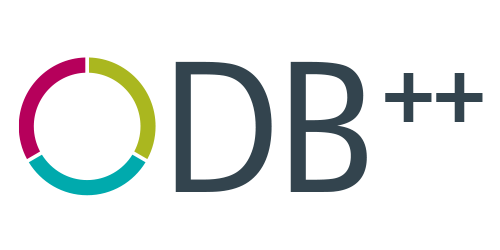With the birth of the Industry 4.0 era, there are great opportunities in our industry. But to turn these opportunities into actual benefits, the industry needs to take brave actions that will help embrace what this era is bringing.
A strong standard needs to evolve, both in terms of adopting new ideas, and keeping pace with technology, enabling automation and communication between machines in the factory. This standard is required to balance between providing a stable specification, and ensure changes can be proposed, adopted and published in a controlled manner, as it will need to gradually grow and evolve with time.
OML has already evolved since its release this past February, and will continue to evolve in the upcoming months and years.
There has been a huge amount of feedback from the OML community, and every proposal or comment is considered very carefully. There is a wealth of varied industry experience within the OML community, and this is one of OML’s key strengths. Over thirty enhancements have already been made to OML since its first release.
So what has changed?
One change is related to the test and inspection areas. These types of equipment are capable to produce large volumes of measurement data along with its variables. OML aims to provide a standard way to collect this quality data after each product is tested, to enhance productivity. Today, unlike before, the OML standard defines how to capture these measurements using discrete OML events. It also permits some flexibility, regarding how measurements are defined, as not all equipment will capture the same type of measurements.
Another example where OML has been enhanced, relates to equipment alarms. It is very important for shop-floor equipment to raise alarms immediately, when necessary, in a standard way; firstly in any case involving the safety of an operator, and secondly in cases involving any potential damage to the equipment itself. These types of alarms are now clearly defined as part of OML for all equipment.
Coming soon!
There are several very interesting future enhancement areas planned for OML over the coming months. OML started with a strong emphasis on the surface mount placement, inspection and test equipment, but the future roadmap very much includes the coverage of all equipment at the shop-floor. In particular, soldering equipment is currently being reviewed at this time, and a draft proposal can be expected soon!
There are also improvements planned for the OML transport protocol. The transport protocol defines how OML sends and receives data content over the network. The goal is to keep the OML transport protocol as simple as possible, while ensuring important core features are included. Detecting the state of connections on a network under different conditions is an example of one such feature, and this specific area will be enhanced in the next versions of OML. This will help ensure OML communication is completely reliable, even under unexpected failure conditions, such as network or application problem which although rare, can occur at some point.
If you want to see a bit more about how you can use OML to improve your manufacturing process, watch this new video!
Keep following our blogs to get more and more updates on what is going on with OML, and don’t forget to post on our forum or send us emails if you have any questions for us!
Danit


